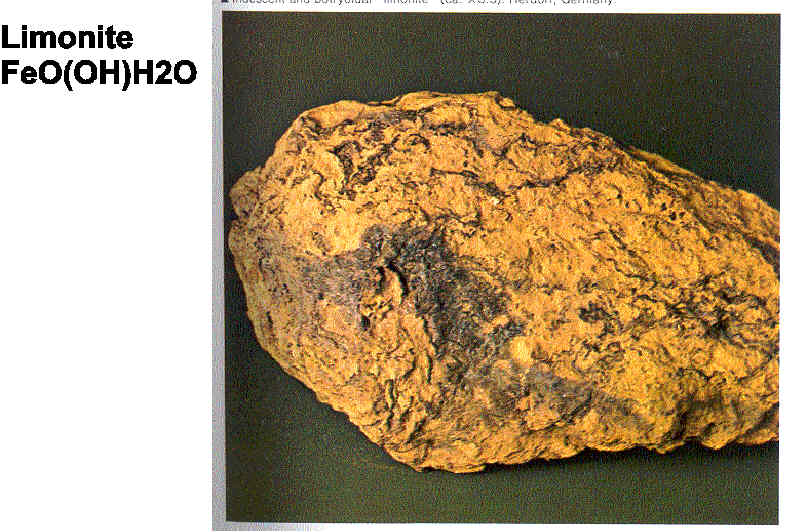Have you ever wondered how stone gets it's beautiful color?
Stone was formed from different types of natural minerals. Marble's main consistency is calcium. Calcium carbonate is the natural source that bonds the stone. Certain additive minerals blended in to the calcium during formation to customize these brilliant colors. The additive minerals are also color developers present in granite and other natural stones.
Stone Color----Mineral
- Black---Biotite, Hornblende, Carbon
- Brown---Limonite
- Gray---Variety of minerals
- Green----Mica, Chloride, Silicate
- Red---Hematite
- White---Feldspar, Calcite, Dolomite
- Yellow---Limonite
Mineral-----Mineral Color
- Augite---Brown, Green, Black, Purple
- Biotite---Black, Brown, Green
- Calcite---Pearlescent and Pale Colors
- Dolomite---Colorless, Pink Pale Brown
- Feldspar---Yellow, White, Pink, Grey, Green
- Hematite---Metallic Grey or Black
- Hornblende---Green, Yellow, Brown, Black
- Limonite---Black, Brown or Yellow
- Sulphur---Pale Gold
Minerals have a variety of crystalline properties. A different property has a different color. For instance, Augite (listed above) has different crystalline properties. Each property has it's own color. Stone's brilliant colors and carious crystal formations developed when different mineral properties blended together along with the integration of temperature and pressure.
The veins and color grains of marble were liquid minerals that flowed through the stone when the Earth heated up. The intense heat softened the limestone to allow the liquids to flow through it. When the Earth cooled, the mineral flow stopped and gradually hardened to it's current state.
The delicate colors of stone can often be altered by improper use of cleaning chemicals, mopping with dirty solutions, using chemicals that are not designed for stone care, and sunlight can fade other color of natural minerals.









5 comments:
Great post today. Sometimes we forget what our products are actually made of. Very interesting!
-Jim Stringfellow
Omaha, NE
Thanks Jim.
I agree, I think we all need to take a step back sometimes to remember we are working with beautiful materials from the earth.
Thanks for reading!
I must be a stone geek too...I loved this post. Thanks! I've been wondering what exactly my taupe stone was made of...it has so many lovely creamy variations along with black, brown and rust. I praise my creator every time I look at it!
blessings,
Tonyad
Hi Steph! This is an excellent blog for people that already have natural stones as part of their decorations at home, or for people like me that are researching upon what kind of granite, quartz or natural stone fullfills certain needs to update her kitchen countertops..There is so much to learn before I choose a natural stone, color, edging,width, fabricator and installator. I've learned a lot just by reading your blogs today! I am so glad that I contacted you through email...I will continue to learn by reading your blogs. Thanks for this wonderful blog!
Ana Maria,Perry, UT
Great blog especially for people like me who don't know the intricacies of natural stones. I will continue to read this wonderful and informative blog to learn more before making a decision about what natural stone, color, width, edging, fabricator and installator I 'll choose..Thanks again for this excellent blog!
Ana Maria/Perry, Utah
Post a Comment